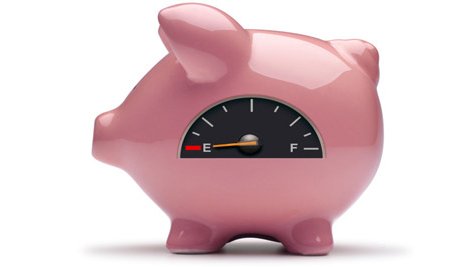Most businesses have been there. Part of the year you’re doing great and funds are flowing and then something happens to change that.

Whether it is a large repair bill, downtime at your facility, or simply a matter of a lack of customers – you have the plan for a shortage in capital so that when this happens, you are prepared. Here are a few tips.
According to Business Queensland, “Not having enough working capital in the critical time between investing in growth and realizing the profits is a common problem for businesses experiencing rapid expansion. It can easily ruin a business. However, there are a number of strategies for dealing with short-term cash shortfalls.
Reduce Expenditures
One way to help lessen the headache of shortages in capital is to reduce your expenses. There are a few ways to do that:
- Freeze hiring if possible
- Delay wage increases temporarily
- Reduce overhead
- Keep as much money as possible within the business
- No new large purchases
Read More: Avoid Costly Mistakes
Cash Shortages
Here are a few other ways that you may be able to offset some of the lack of capital.
- Increase prices when applicable
- Collect on unpaid debts
- Sell assets that are no longer useful or obsolete to your needs
- Negotiate with suppliers, vendors, etc for better payment terms
- Talk to customers – offer discounts for fast payments, take deposits, or use automated payments to be sure you will get paid
One of the most important things you can do to stay on top of cash flow problems is to monitor your capital at all times. You can’t always prepare for an emergency but you can try to keep up with what is going on so that you have extra capital on hand in case something happens to affect it. Using a CMMS program can help keep you on top of cost associated with running a maintenance department.









